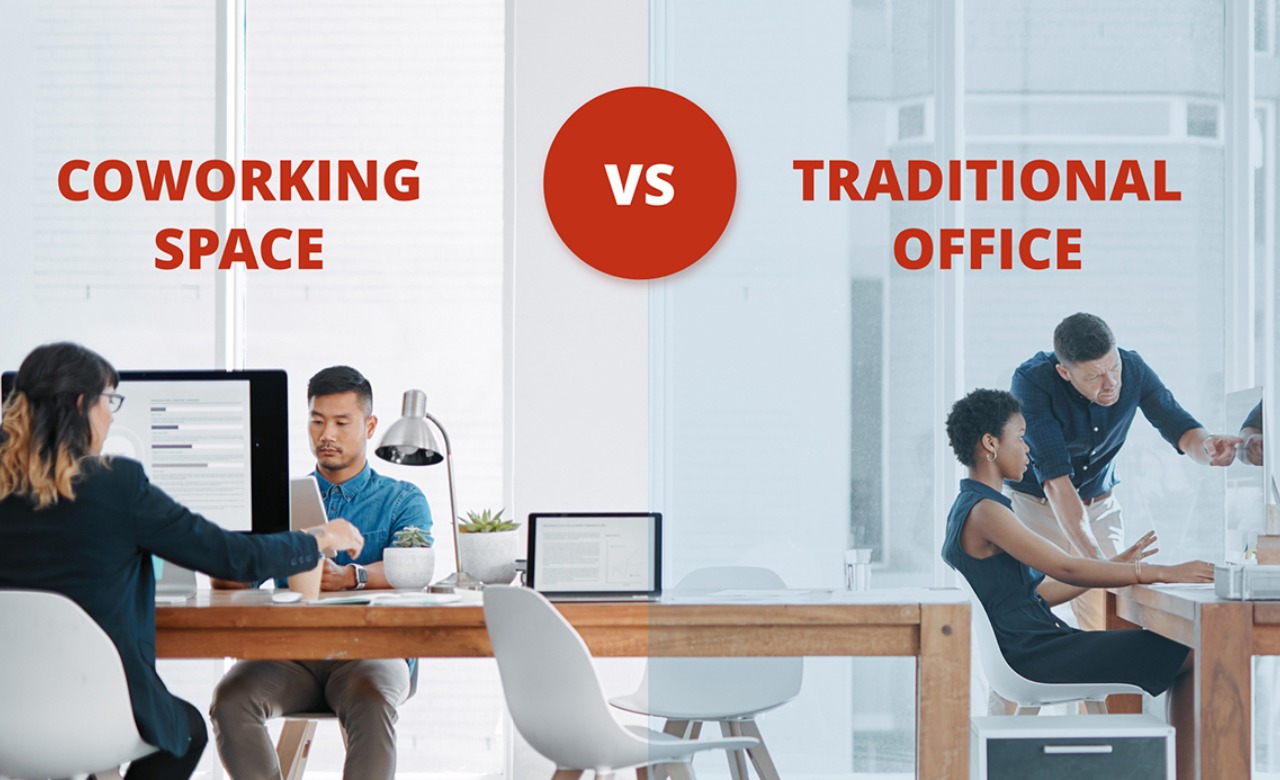Explore the Power of Commercial Real Estate
Commercial real estate (CRE) gives you ways to grow money beyond stocks and bonds. CRE means office space, shops, warehouses, and apartment blocks used for business. These investments bring in rent money. In addition, they can grow in value over time. They help spread out your risk. With many strategies to pick from, commercial real estate can fit your money goals and how much risk you like. Therefore, it's worth a look if you want to branch out where you put your money.

Types of Commercial Real Estate Properties
Office Buildings
Office buildings can be tall city towers or spread-out campus spots. They often have long lease deals. This means steady money coming in. Where they sit matters a lot. Buildings in busy work areas bring in more rent. After COVID-19, many now look for office spaces that can change with new work styles.
Retail Spaces
Retail spots include malls, strip malls, and single shops. In addition, success comes from good tenants, lots of foot traffic, and being easy to see. Although online shops pose a threat, retail spaces with big-name stores or fun things to do still work well in the right spots.
Industrial Properties
Warehouses and shipping hubs have grown hot due to online shopping growth. These CRE investments need less hands-on work than other types. Moreover, they tend to keep tenants longer. Furthermore, their basic design means less fix-up costs. Thus, making them good for hands-off buyers.

Commercial Real Estate Investment Strategies
Core Investment Strategy
The core strategy means buying top spots with solid tenants. These investments bring sure income with low risk, often 6-8% back. They need a few fix-ups and suit those who want steady income over big growth. Therefore, think new office towers or nice malls in big cities.
Value-Add Approach
Value-Add investments look for places that need work or better care. By fixing up, rebranding, or running things better, you can raise rent and worth. This strategy has mid-level risk with 10-15% gains. Success needs hands-on work and money up front. However, you get both rent money and growth.
Opportunistic Investments
This high-risk, high-pay strategy means big build jobs or buying run-down spots. You might buy empty land or old buildings that need full make-overs. While gains can top 15%, these deals need lots of cash, more time, and deep know-how to win.

Investing Without Owning Directly
Not all want to run properties hands-on. Fortunately, you have other ways to invest in CRE:
REITs work like stocks but focus on real estate. They trade like shares, pay out cash, and let you step into CRE markets with ease. With REITs, you can start small and sell when you need to.
Private funds pool cash from many folks to buy big properties. Furthermore, they give pro care but often need more money to start and a longer time to stay in.
Crowd sites have made commercial real estate more open to all, letting you put in less on set deals. These web spots link builders with buyers, often with lower buy-ins than old-style CRE investments.

Market Analysis for CRE Success
Smart CRE investing means knowing what's hot now. Job growth, where people move, and new trends all change what spots are worth. For instance, towns with lots of new jobs tend to need more offices and homes.
Local rules matter too. New zoning, road work, and area growth can change what your spot is worth. As a result, top buyers learn all they can about these things before they buy.

Final Thoughts
Commercial Real Estate gives you many paths to grow wealth through rent and value growth. By finding an investment strategy that fits your cash goals and risk taste, you can find deals that work for you. Whether you buy spots or use REITs and funds, knowing CRE basics will help you make smart moves. Finally, like all money moves, good homework and some pro help can guide you through this rich but complex field.










